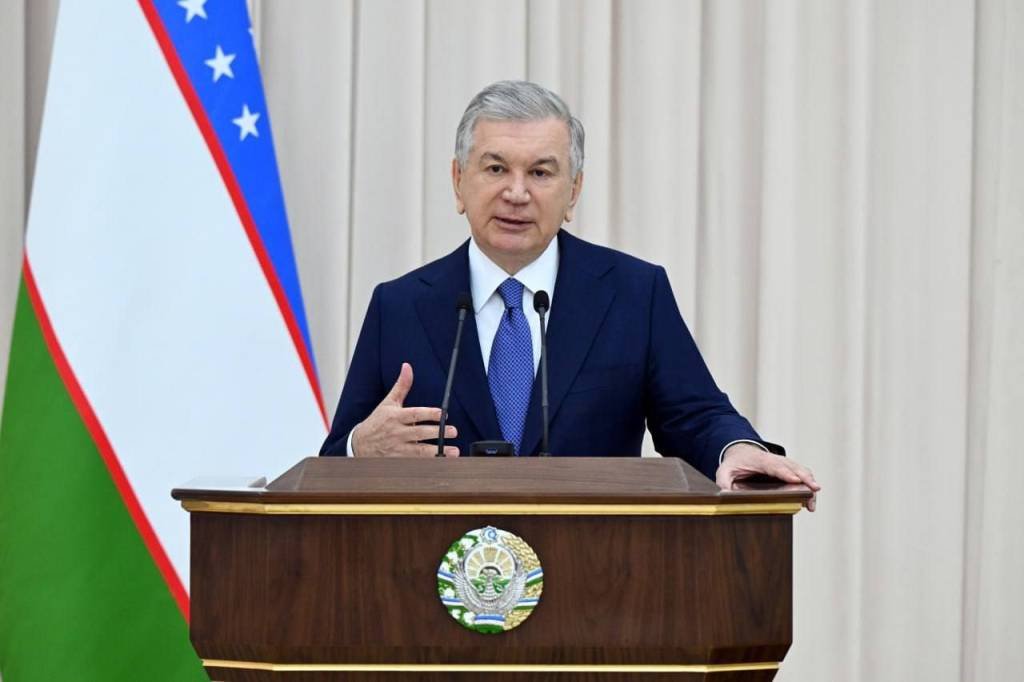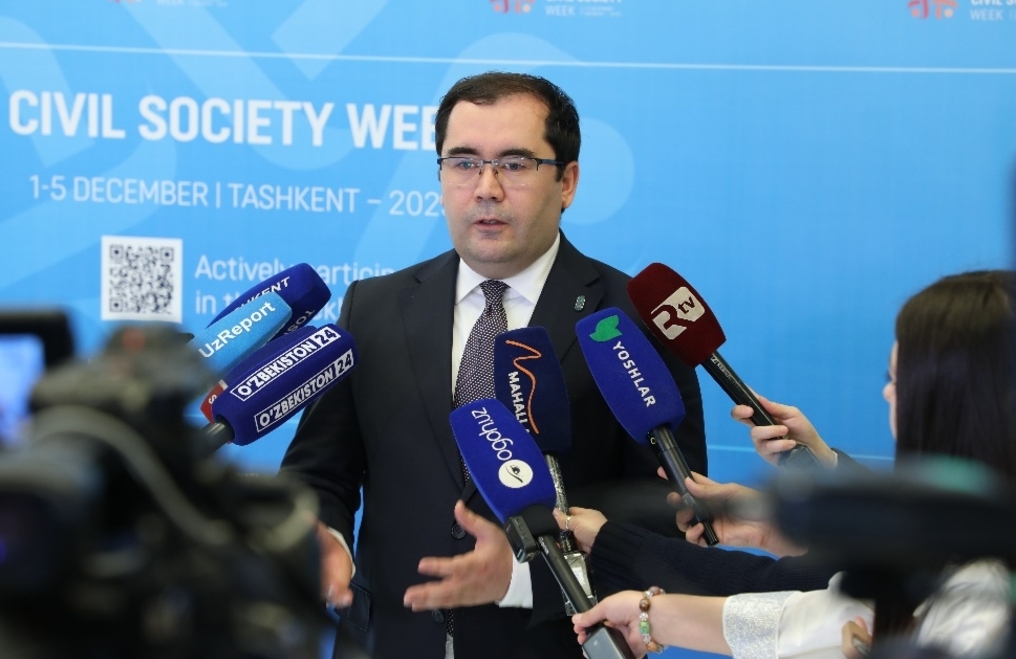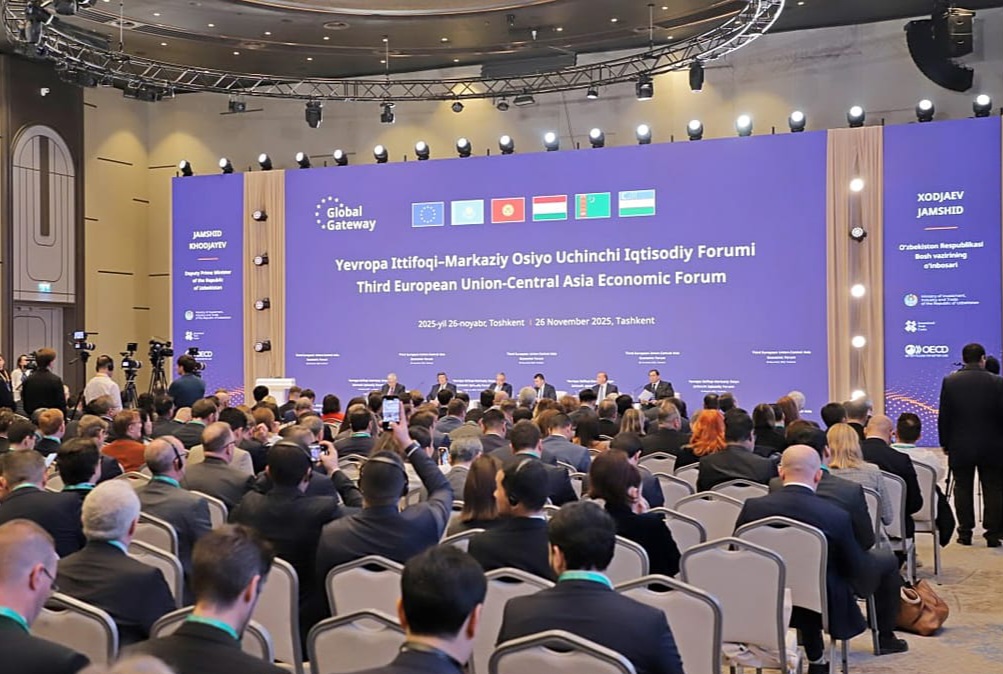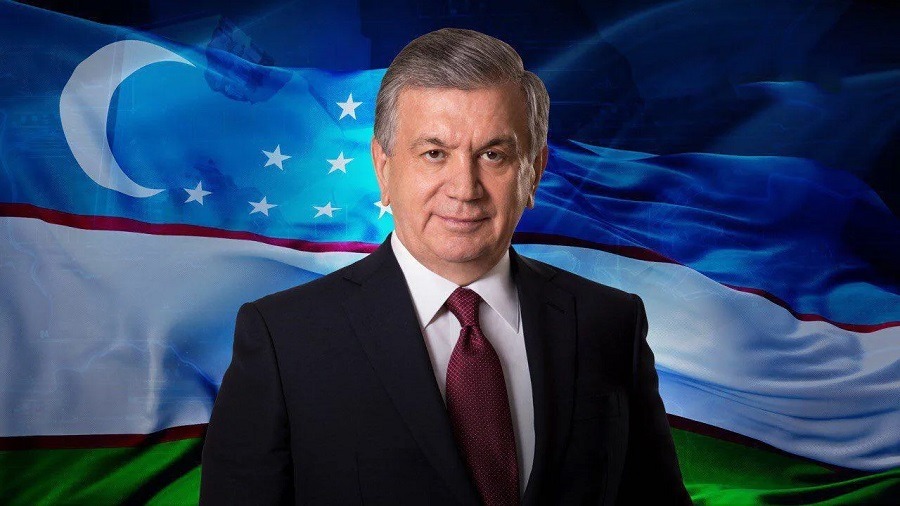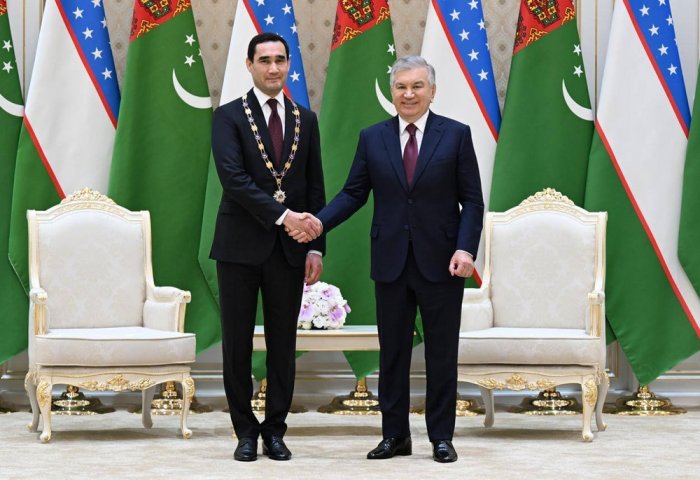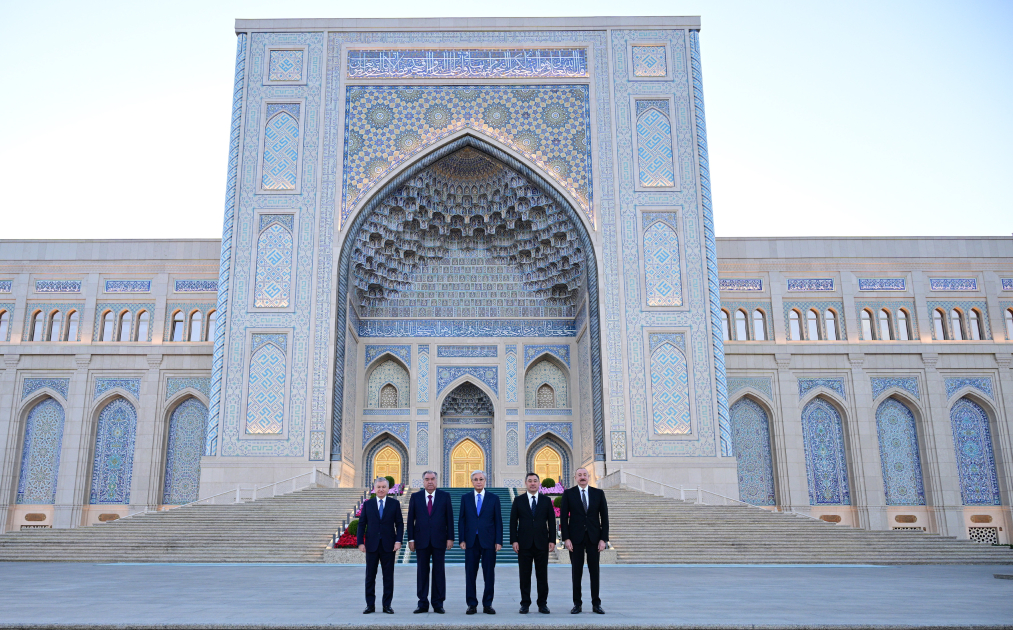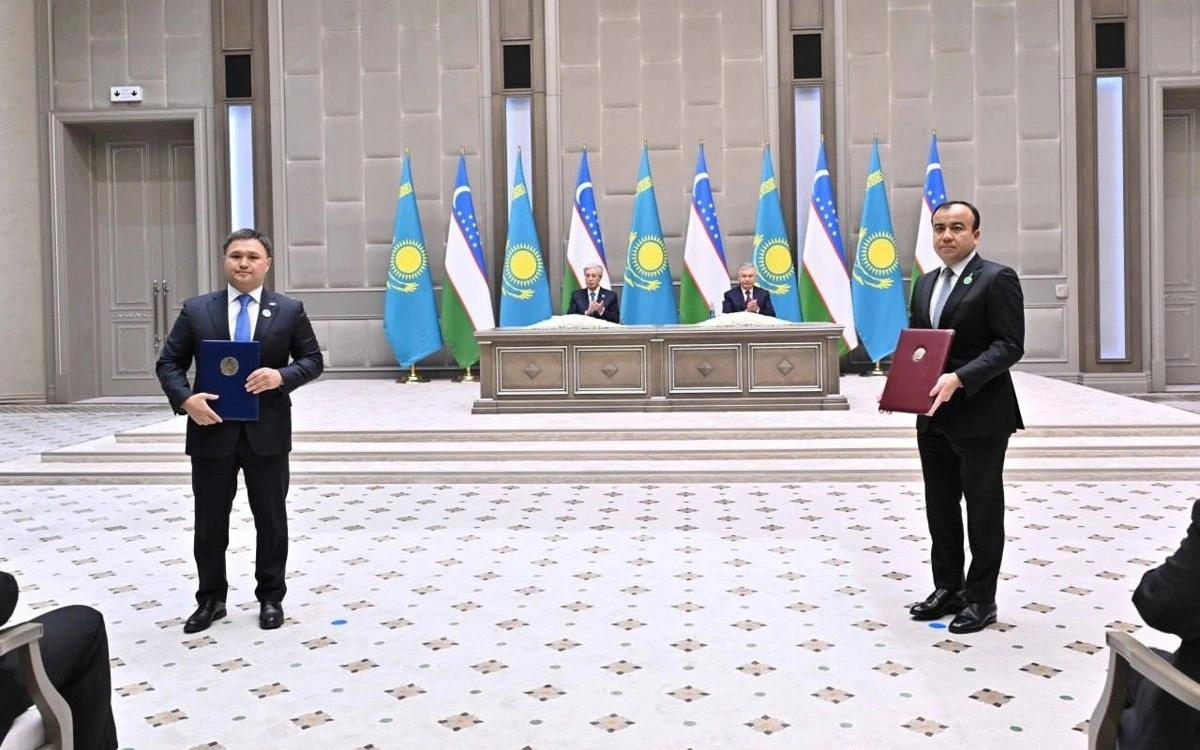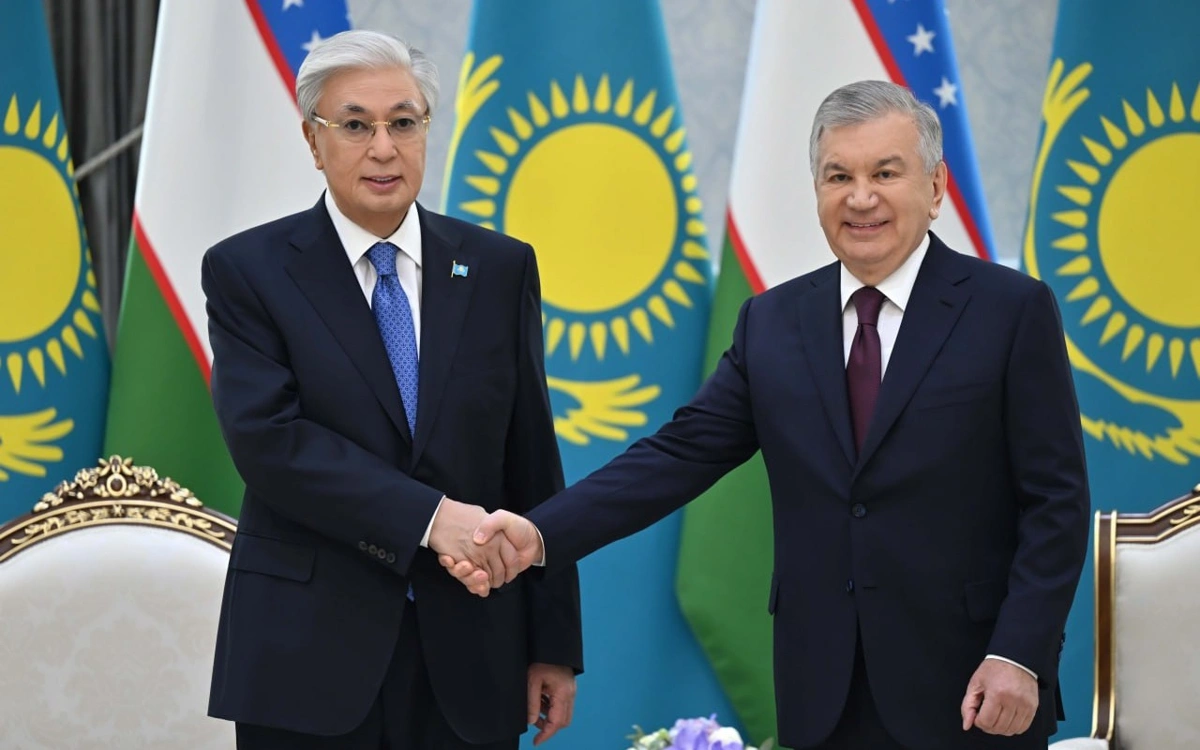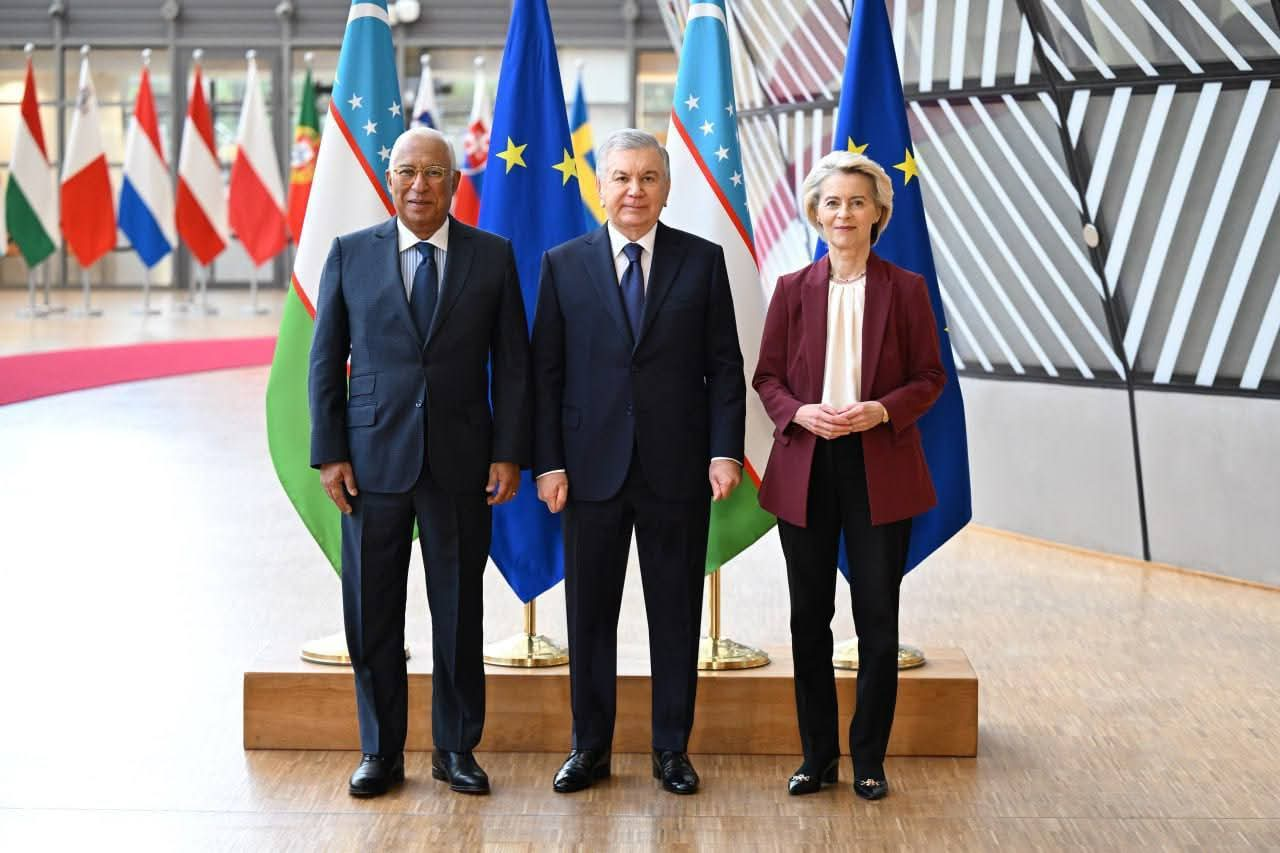Urgench, May 2, 2025 – The Europe Today: A high-level meeting chaired by President Shavkat Mirziyoyev was held in the Urgench district to discuss the priority tasks for the socio-economic development of the Khorezm region. The President emphasized the strategic importance of Khorezm as a crossroads where the nation’s rich historical heritage intersects with the momentum of modern reforms.
Despite its geographic distance from major logistics corridors and limited natural resources, Khorezm has shown significant economic momentum in the past year. In 2024 alone, 7,000 new entrepreneurs launched operations, 47 businesses transitioned from small to medium-sized enterprises, and 1,700 previously inactive companies resumed their activities. These efforts collectively created 290,000 new jobs.
However, challenges remain. The regional poverty rate stands at around 12 percent, with 45,000 residents currently unemployed. President Mirziyoyev directed local leaders and their deputies to convert every opportunity into actionable development projects aimed at creating jobs and driving progress in key sectors such as industry, services, tourism, agriculture, and exports.
One major area of focus is tourism. While Uzbekistan’s national tourism export potential is estimated at $10 billion, Khorezm could potentially contribute $2 billion. Home to 263 cultural heritage sites and more than 40 types of traditional crafts, the region holds untapped potential to become a hub for cultural and experiential tourism. Plans are underway to attract foreign archaeologists to help restore and develop historical sites, turning them into income-generating attractions.
The President also underscored the importance of promoting Uzbek cuisine internationally. The government will provide partial reimbursements for the registration, licensing, and operation of Uzbek restaurants abroad. Further efforts will include expanding hotel infrastructure, transportation networks, entertainment venues, and vocational training for tourism personnel.
The tourism and service sectors aim to implement 91 projects worth $200 million this year, create 100,000 jobs, attract 2 million foreign and 10 million domestic tourists, and increase tourism exports to $700 million.
In the broader economic context, Khorezm is targeting 6 percent growth in gross regional product (GRP), aiming to reach 60 trillion UZS. The goal is to provide employment for 265,000 people and lift 104,000 out of poverty. As part of a privatization initiative, 41 state-owned buildings and 350 hectares of land will be auctioned in 2025 to attract investment in services, tourism, and manufacturing.
Significant strides have also been made in the furniture industry, which has tripled in size over the past eight years. A dedicated 10-hectare industrial zone has been established in Khanka district, and foreign experts will be invited to further develop the sector. A comprehensive support program for furniture manufacturing has also been launched.
To attract innovation and investment, Khorezm will implement 12 major and 480 regional projects totaling $900 million in value. Localization of 65 types of products and 5 types of equipment will be pursued, with a localization target of 1.7 trillion UZS. The region aims to attract $1.5 billion in foreign direct investment and export $510 million worth of goods. Among the flagship projects is a 175-hectare Uzbekistan–China Technopark in Koshkupyr district, housing 16 investment initiatives worth $1 billion.
In Tuprakkala, construction will commence on a $10 billion gas-chemical complex, set to produce 2 million tons of 14 types of high-value-added polymer products annually.
The construction materials sector, comprising 663 enterprises, will receive targeted support, including 40 new projects worth $100 million. Agriculture will see 56 new projects with a total investment of $60 million, the use of 3,400 hectares of new land, and the establishment of 1,200 hectares of industrial orchards. A notable initiative involves a $170 million Slovak investment in rapeseed cultivation and bioethanol production.
Modern irrigation solutions will also be implemented in collaboration with Austria’s Bauer company, including sprinkler systems installed on 7,500 hectares, provided to farmers on a 10-year lease with a 2.5 percent annual interest rate in UZS. Farmers are also adopting autopilot systems for tractors to improve precision and reduce costs, supported through preferential loan programs.
Given the region’s heavy reliance on water-pumping infrastructure—accounting for 21 percent of the national total—emphasis was placed on transitioning to solar energy to lower electricity costs. Additional agricultural diversification plans include fish farming, milk processing, and the introduction of alternative crops.
Infrastructure and social development projects are also on the agenda. In 2024, Khorezm will build 200 apartment buildings comprising 7,000 residential units, repair 1,500 kilometers of roads and 20 bridges, and create 20,000 construction jobs. The region will also see improvements in healthcare access, dual education for vocational and university students, and expanded youth employment programs.
The meeting concluded with reports from responsible officials outlining specific implementation plans for the discussed initiatives, signaling a robust and multi-sectoral roadmap for Khorezm’s continued growth and transformation.
